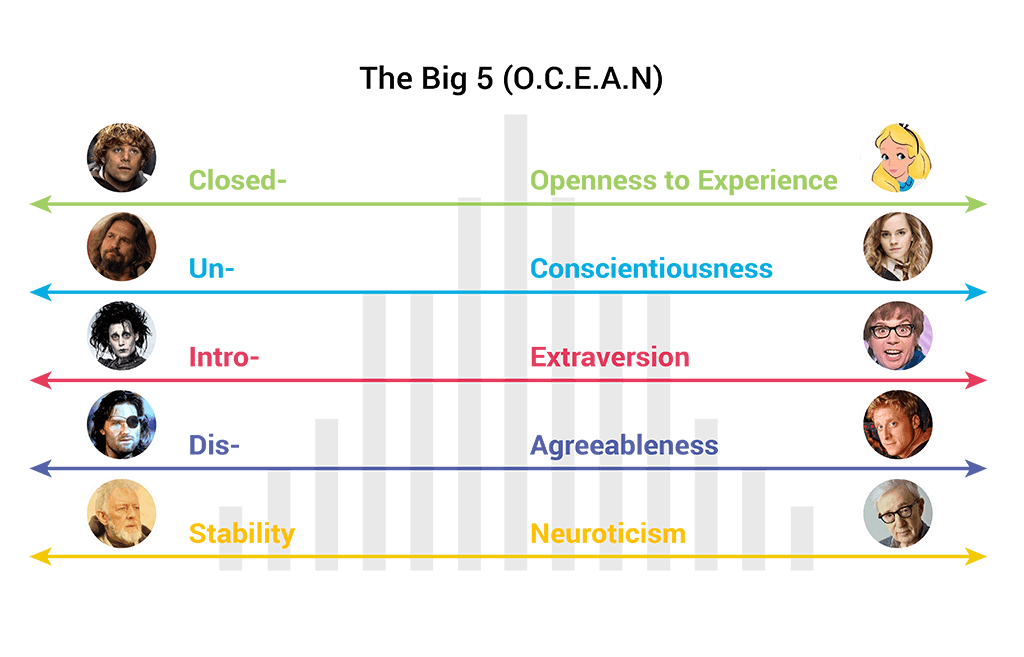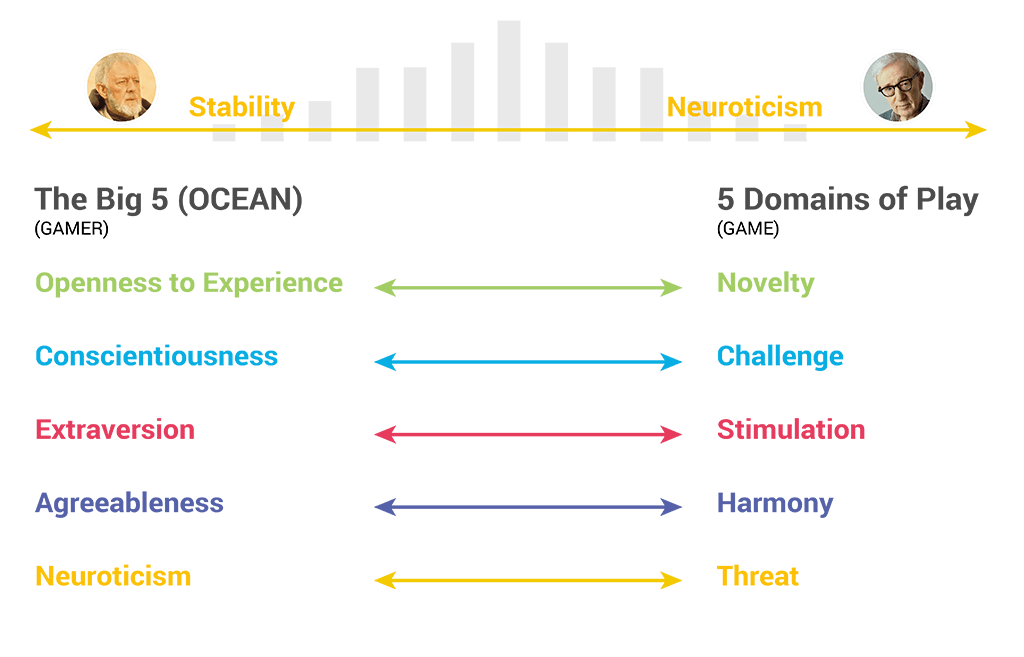Play
Play is defined as taking part in an enjoyable activity for the sake of amusement. Play can be thought of as the freedom of players to act within rigid constraints of a game to allow the opportunity for emergent experiences and personal expression What are the rigid constraints of a game; the rules and procedures.
Pleasures of Play
An enjoyable activity can also be interpreted as pleasure. As game designers, we need to understand what gives pleasure to the player. Note that not everyone is pleased with the same things.
To better understand players and their play needs, players were divided into categories by player types.
Player Types
In 1996 Game Designer Richard Bartle developed a test to observe and define players in MMORPG and earlier MUD (Multi-User Dungeon) games.
The Bartle test narrowed players to 4 distinct player types: Killers, Socializers, Achievers, and Explorer.
Expanding Player Types
According to game designer and author Tracy Fullerton, the following categories help to address the pleasures of play from the point of view of the player; and include:

- Competitor: plays to beat other players, regardless of the game
- Explorer: curious about the world loves to go adventuring, seeks outside boundaries physical or mental
- Collector: Acquires items, trophies or knowledge, likes to create sets
- Achiever: plays for varying level of achievement, ladders/leaders
- Joker- doesn't take the game seriously plays for fa un
- Artist: driven by creativity, creation, and design
- Storyteller: loves to create or live in worlds of fantasy and imagination
- Performer: loves to put on a show for others
- Craftsman: wants to build , craft, engineer, or puzzle things out.
OCEAN Model
While the Bartle player types have been widely used in the game industry, Jason Vandenburgh, a creative director at Ubisoft Montreal, gave a talk in 2012 at the Game Developers Conference (GDC) and introduced their new model.
The ocean model also referred to as the Big Five personality traits, was developed by psychology researchers in the 1980s. Of these 5 personality traits individuals could fall on either end of the personality spectrum.

Through research Vandenburgh determined that certain personality types favor certain type of play, which is coined as the 5 Domains of Play.
